DWDM is the ideal solution for networks that require high speeds, high channel capacity, and the capability of using amplifiers to transmit data across long distances. This article provides some basic information about DWDM.
What is DWDM?
Dense wavelength division multiplexing (DWDM) is a wavelength division multiplexing technology used to increase the bandwidth over existing fiber optic networks. The word "dense" here means the wavelength channels are very close to each other. In addition, DWDM works by combining and transmitting multiple signals simultaneously at different wavelengths on the same fiber.
DWDM Operating Principle
According to ITU standards, DWDM has 100GHz (0.8nm) wavelength spacing for 40 channels or 50GHz (0.4nm) spacing for 80 channels.
DWDM System Components
A DWDM system consists of five components: optical transmitters/receivers, DWDM Mux/Demux filters, optical add/drop multiplexers (OADMs), optical amplifiers, and transponders (wavelength converters).
1. Optical Transmitters/Receivers
Transmitters are described as DWDM components because they provide the source signals which are then multiplexed. The characteristics of optical transmitters used in DWDM systems are highly important to system design. Multiple optical transmitters are used as the light sources in a DWDM system which requires very precise wavelengths of light to operate without interchannel distortion or crosstalk. Several individual lasers are typically used to create the individual channels of a DWDM system. Each laser operates at a slightly different wavelength.
2. DWDM Mux/Demux
The DWDM Mux (multiplexer) combines multiple wavelengths created by multiple transmitters and operates on different fibers. The output signal of a multiplexer is referred to as a composite signal. At the receiving end, the Demux (demultiplexer) separates all of the individual wavelengths of the composite signal out to individual fibers. The individual fibers pass the demultiplexed wavelengths to as many optical receivers. Generally, Mux and Demux components are contained in a single enclosure. Optical Mux/Demux devices can be passive. Component signals are multiplexed and demultiplexed optically, not electronically, therefore no external power source is required.
3. Optical Add / Drop Multiplexers
Optical add/drop multiplexers (OADMs) have a different function of add/drop, compared with Mux/Demux filters. OADM is designed to only add or drop optical signals with a particular wavelength. From left to right, an incoming composite signal is broken into two components, drop and pass-through. The OADM drops only the red optical signal stream. The dropped signal stream is passed to the receiver of a client device. The remaining optical signals that pass through the OADM are multiplexed with a new add signal stream. The OADM adds a new red optical signal stream, which operates at the same wavelength as the dropped signal. The new optical signal stream is combined with the pass-through signals to form a new composite signal.
4. Optical Amplifiers
Optical amplifiers boost the amplitude or add gain to optical signals passing on a fiber by directly stimulating the photons of the signal with extra energy. They are “in-fiber” devices. Optical amplifiers amplify optical signals across a broad range of wavelengths, which is very important for DWDM system applications.
5. Transponders ( Wavelengths Converters)
Transponders convert optical signals from one incoming wavelength to another outgoing wavelength suitable for DWDM applications. Transponders are optical-electrical-optical (O-E-O) wavelength converters. A transponder performs an O-E-O operation to convert wavelengths of light. Within the DWDM system, a transponder converts the client optical signal back to an electrical signal (O-E) and then performs either 2R (reamplify, reshape) or 3R (reamplify, reshape and retime) functions.
Features and Benefits
DWDM provides low insertion loss, low cost, wide pass band, high channel isolation, high speed, high bandwidth, high stability, high reliability, high flexibility, epoxy free on the optical path, small size, and ease of installation and deployment.
Applications
DWDM is used in channel add/drop, wavelength routing, fiber optic amplifiers, CATV systems, broadband systems, telecommunications networks, metro networks, sensor networks, remote radar networks, data centers, test equipment, etc.
Conclusion
DWDM provides the bandwidth for large amounts of data, high speed, high reliability, and high stability. It is widely used in voice, video, data, etc. Sun Telecom specializes in providing one-stop total fiber optic solutions for all fiber optic application industries worldwide. Contact us if any needs.


 Position :
Home>
News & Tutorial
>Products
Position :
Home>
News & Tutorial
>Products
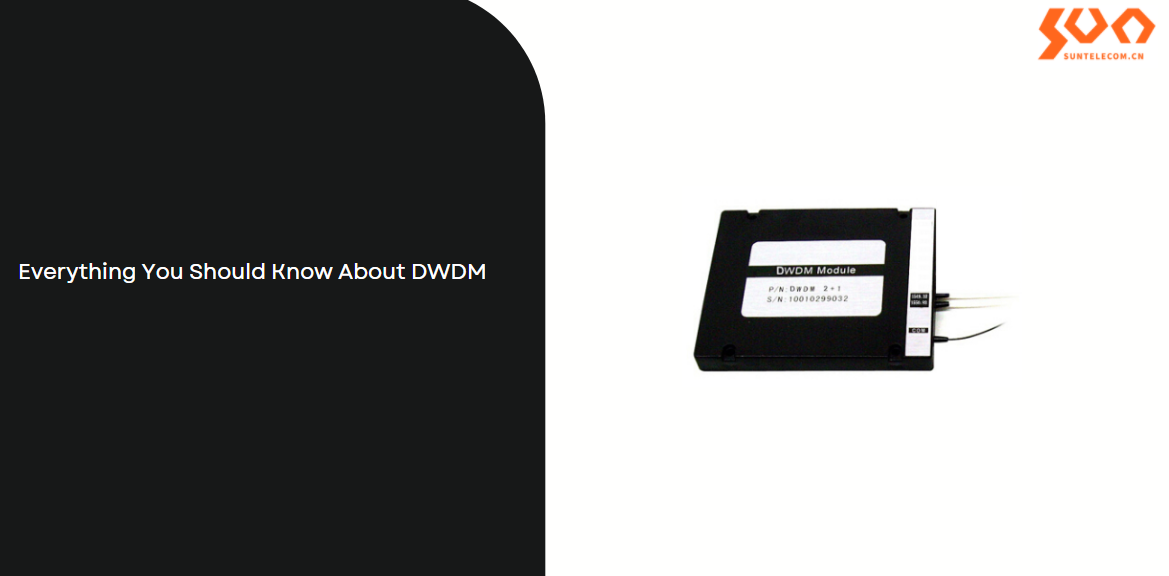
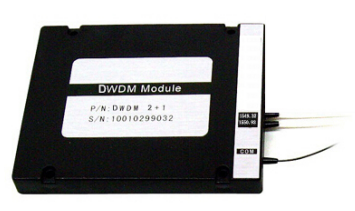

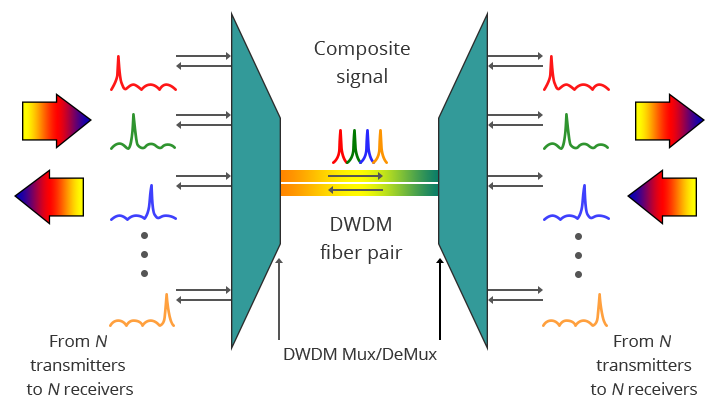
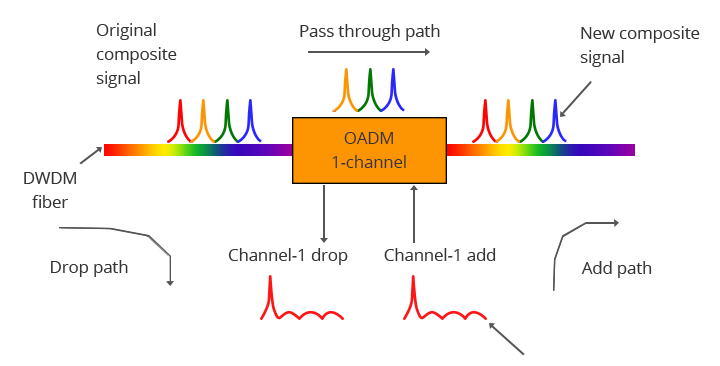
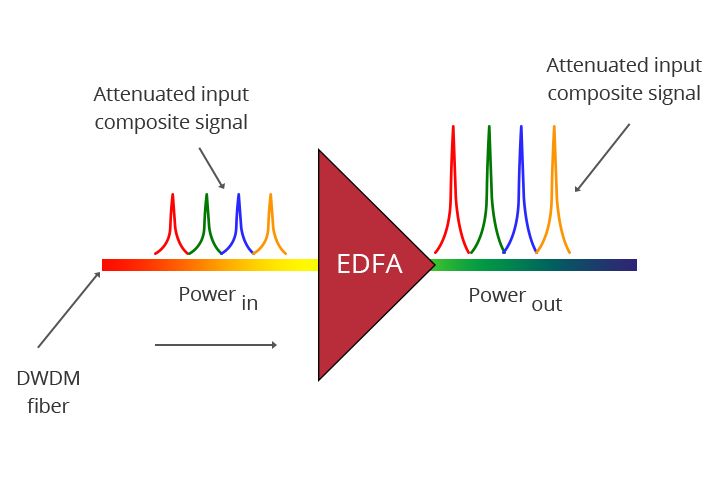
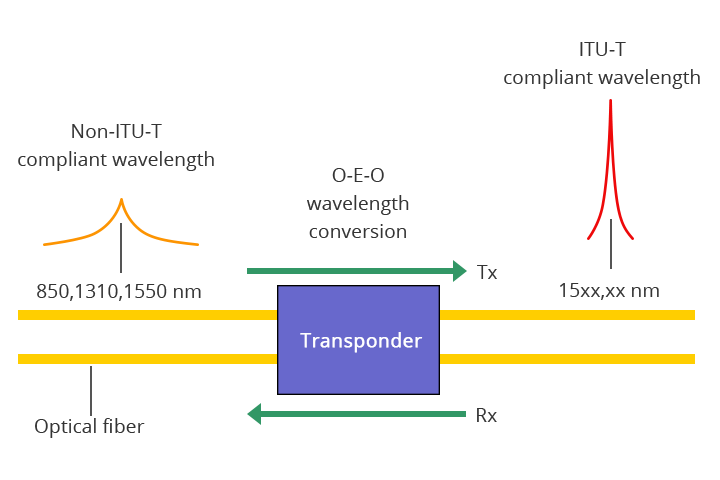

 Position :
Home
>Products
Position :
Home
>Products

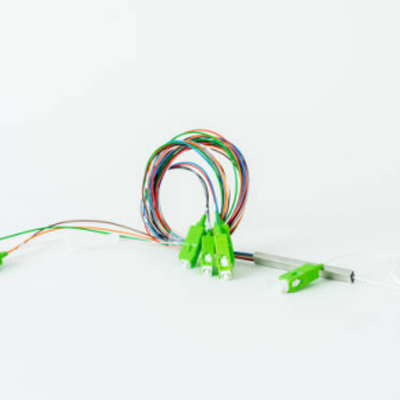
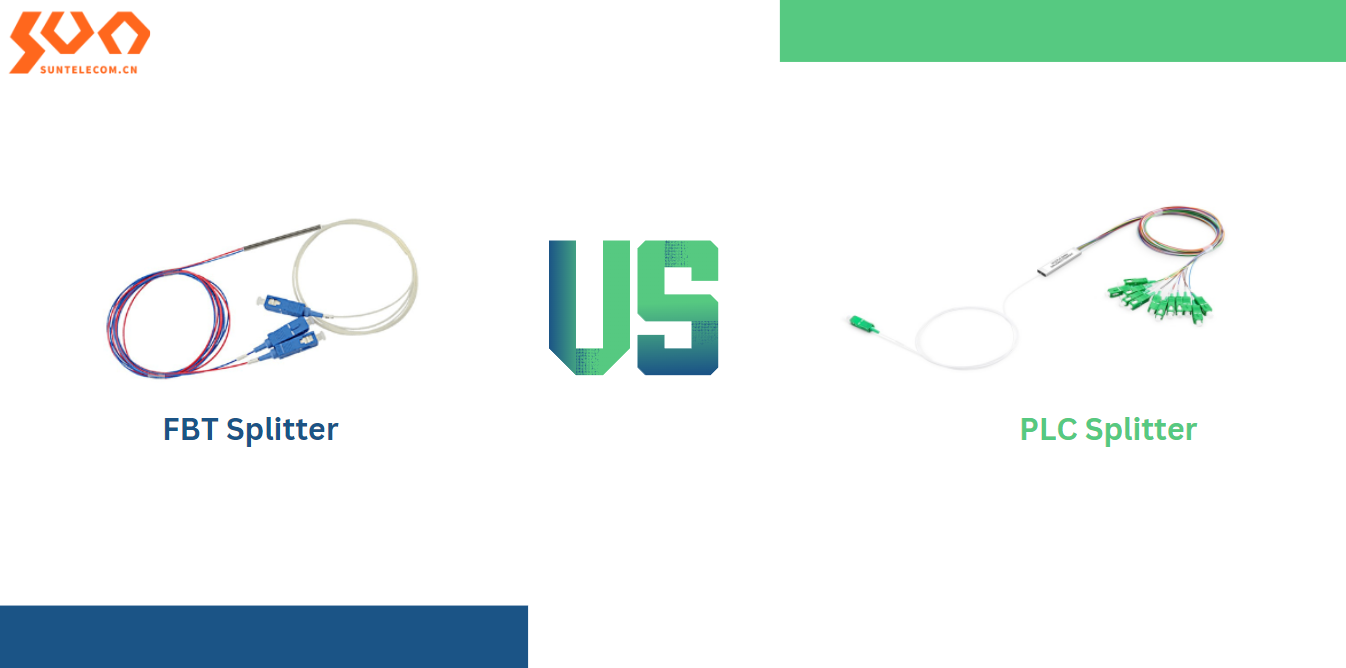
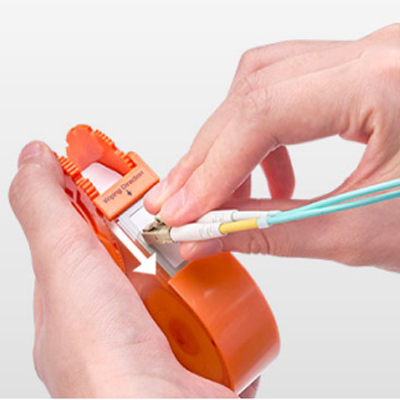
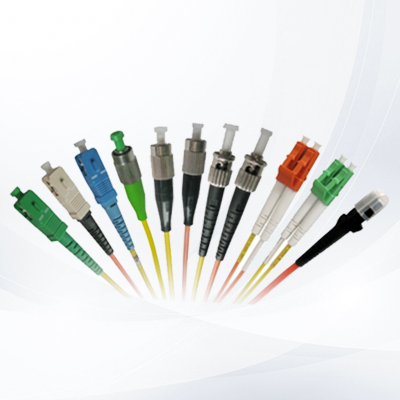
 ics@suntelecom.cn
ics@suntelecom.cn  +86 18964888554
+86 18964888554 Building No.145, Lane 666 Xianing Road, Jinshan Industrial Zone, Shanghai 201506, China
Building No.145, Lane 666 Xianing Road, Jinshan Industrial Zone, Shanghai 201506, China